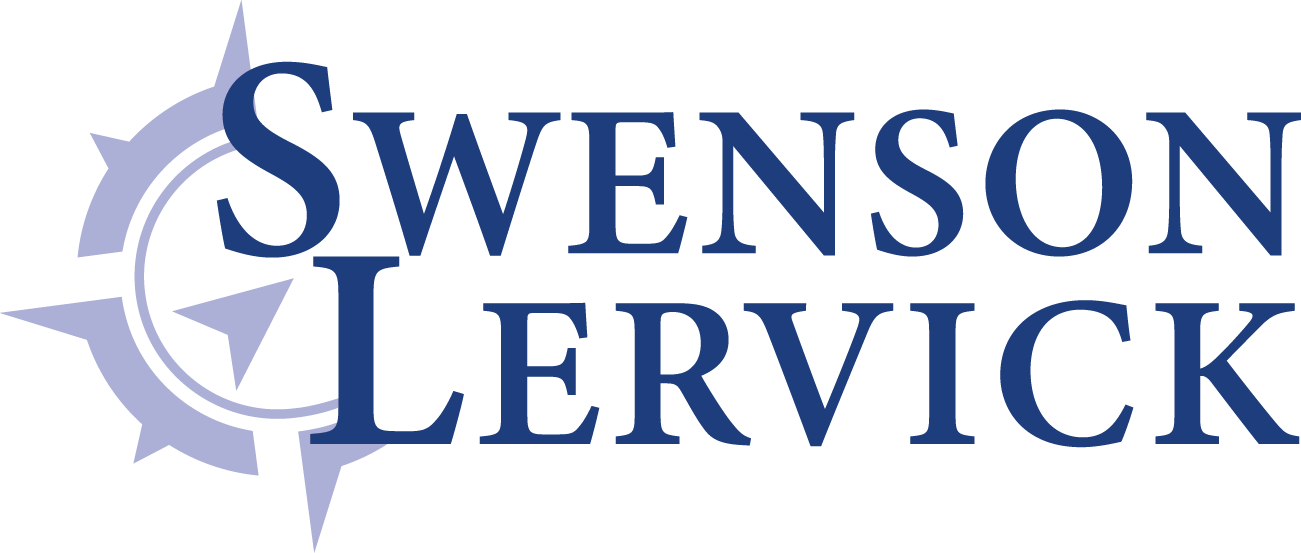Effective January 1, 2025, Minn. Stat. § 181.173 requires certain Minnesota employers to disclose specific wage and benefit details in their job postings. Let us be your guide to navigating these new employer requirements.
What’s Required?
Employers with 30 or more employees at one or more sites in Minnesota are required to disclose in each posting for each job opening with the employer the starting salary range, and a general description of all of the benefits and other compensation, including but not limited to any health or retirement benefits, to be offered to a hired job applicant.
Job Postings.
The statute specifically defines “posting” to mean any solicitation intended to recruit job applicants for a specific available position. Job postings are not limited to those made directly by the employer and include those made indirectly through a third party, such as recruiters or staffing agencies on behalf of covered employers. Additionally, it includes postings made electronically or via hard copy.
Salary Ranges.
According to the statute, “salary range” means the minimum and maximum annual salary or hourly range of compensation. The employer’s posted salary range must be based on the employer’s good faith estimate at the time of the posting and may not be open ended. An employer that does not plan to offer a salary range for a position must list a fixed pay rate.
Benefits.
The law also requires employers to include benefit information. While the law specifically mentions health and retirement benefits, employers are required to provide a general description of all the benefits and other compensation to be offered to a hired job applicant.
Affected Employers
Almost all types of Minnesota employers are affected by the new legislation, including individuals, corporations, partnerships, associations, nonprofit organizations, and governmental subdivisions, including the state, county, town, city, and school district.
Big Picture Implications for Employers
Pay transparency not only affects prospective employees and recruiting employers, but it can also impact employee retention and workplace morale amongst current employees. Current employees will not only be able to see what their current employer is offering new hires, but they will also have easy access to pay and benefit information of employers in similar industries, making employee retention and recruitment more competitive than ever
for employers seeking to hire the best and most qualified employees.
Your Guide to Navigating the Waters of Pay Transparency
Employers need to consider the law’s potential impact on employee retention and morale, while also carefully considering how to adjust current practices to the requirements of the new law. Employers can take the following steps to navigate the waters of pay transparency:
Update Recruitment Strategies.
a. Review all direct, indirect, and internal job postings.
b. Review and update job posting templates.
c. Provide any third-party recruiters with required information to ensure compliance.
Analyze Current Pay Practices.
a. Conduct a pay equity audit and compensation study to ensure that employees are paid fairly and competitively to attract and retain top talent.
b. Address potential equity gaps.
c. Develop processes for determining salary ranges of new hires.
Our Swenson Lervick employment law attorneys will continue to monitor any developments or guidance from the Department of Labor and provide updates as they occur. For additional questions about how this new law applies to your specific business, let us be your guide.
*Disclaimer: This memo is for general informational purposes only. It is not legal advice and should not be relied upon as such. For legal advice about your specific situation, please contact us.

